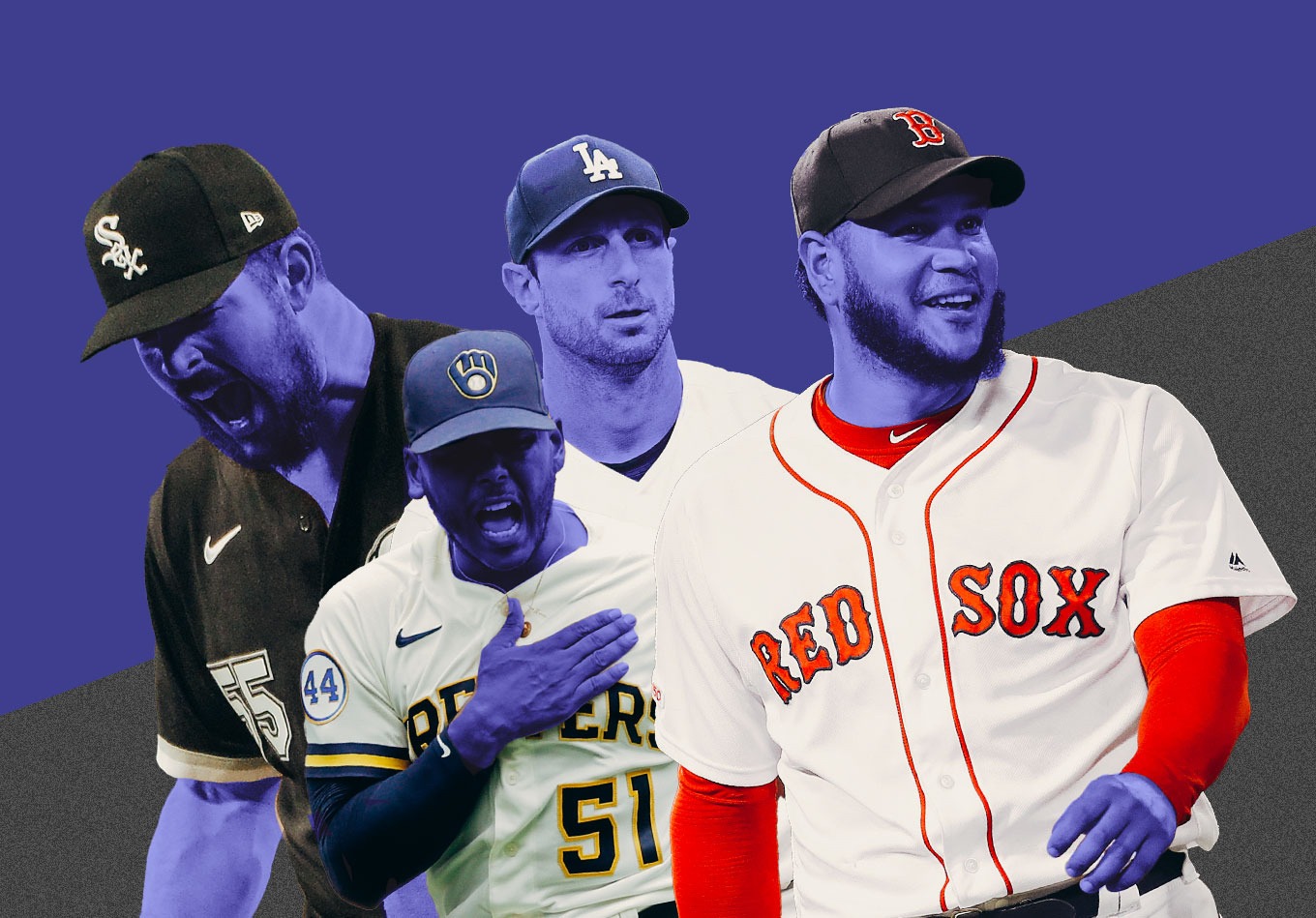Three MLB playoff games, three interesting pitching matchups. We started with Freddy Peralta vs. Ian Anderson and Eduardo Rodriguez-Collin McHugh. Now Alex Wood against his former team – and Max Scherzer.
Scherzer out to Improve on Wild-Card Command, Wood out to Beat Former Team
The Los Angeles Dodgers brought the lumber to even their National League Division Series with the rival San Francisco Giants. Now, they’re in the enviable position of going home to Chavez Ravine with one of the game’s best pitchers on the mound.
The Dodgers have yet to lose with Max Scherzer pitching since acquiring him at the trade deadline, winning all 12 of his starts – including a 3-1 victory over the St. Louis Cardinals in the NL Wild-Card game last Wednesday. The right-hander has gone 7-0 with a 1.98 ERA and 93 strikeouts in 72.2 innings over that span.
He’s also third in the majors with a raw value- (RV-) of 54.6 and second behind only Milwaukee Brewers ace Corbin Burnes with a whiff+ of 141.7. RV- examines how a pitcher performs throughout each pitch of an at-bat rather than just the result, while whiff+ measures a pitcher’s ability to generate swings and misses.
Scherzer (15-4, 2.46 ERA), however, will be facing the NL West champion Giants for the first time since joining the rivalry. He’ll also be looking to pitch a lot sharper after lasting just 4.1 innings against the Cardinals – his fourth-shortest outing in 31 total starts this season.
Using our TVL data, which tracks pitch type, velocity, location, and the intent (think target) of every pitch, we can see that Scherzer threw four-seam fastballs 46.7% of the time during the regular season, sliders at 19.1% and changeups 14.8%. But in the wild-card game, the eight-time All-Star threw sliders on 33.0% of his 94 pitches and only threw his changeup nine times.
It’s easy to see why Scherzer was forced to fiddle around with his repertoire, particularly when looking at his glove-side (away to right-handed batters) targets. In the graphic below, it’s clear that very few of Scherzer’s offerings came close to their intended targets. He struggled to get command of the four-seamer, causing him to rely more on the slider, which wasn’t working all that much better.
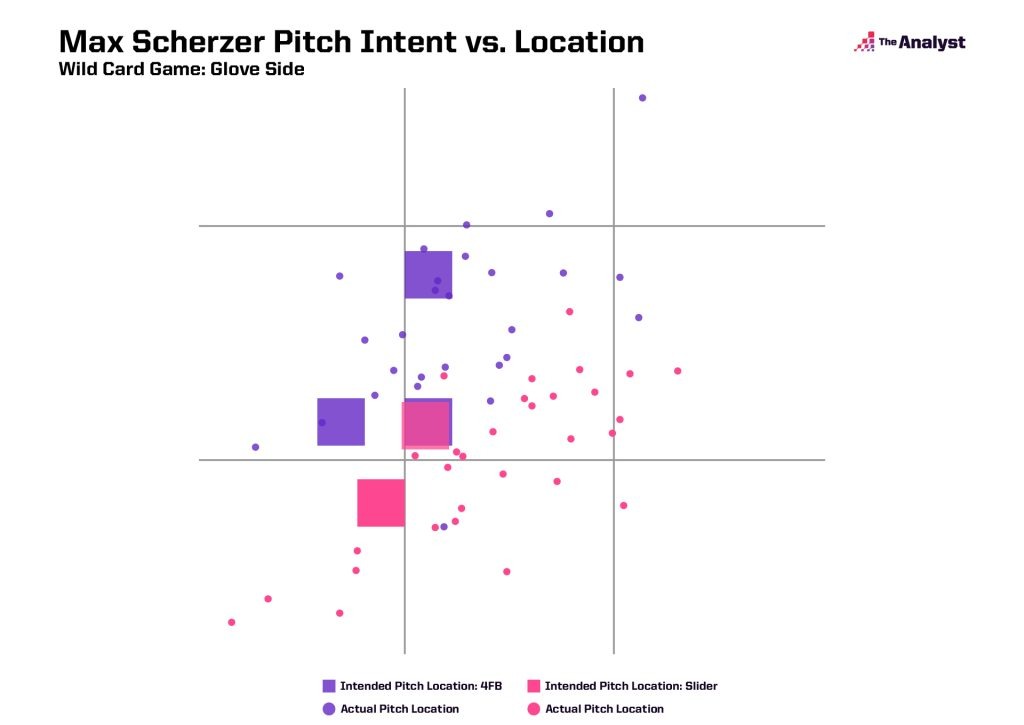
Further evidence was the fact that Scherzer walked three batters, marking only the fifth time all season that he issued three or more base-on-balls. The good news for the Dodgers? Scherzer isn’t likely to experience those kinds of command issues again, which should mean he’s able to back up his four-seamer with the occasional changeup away or cutter up and in against lefties.
He also should be able to turn to his slider with more confidence against righties tonight – his fastball/slider combination accounted for 85.0% of his pitches against them during the regular season.
Among the Giants’ projected starters, Brandon Crawford has gone 7 for 17 with two home runs and three doubles lifetime in this matchup – including the playoffs. Tommy La Stella is 4 for 10 with a homer, two doubles and a triple when facing Scherzer, but Buster Posey (2 for 15), Evan Longoria (2 for 19) and Kris Bryant (2 for 20) haven’t had much success. Wilmer Flores isn’t a better option as he’s 0 for 7 in this series and hitless in 17 at-bats with eight strikeouts against Scherzer.
The Giants will hope to break through with some scoring to support Alex Wood, who spent 2015-18 as well as last season with the Dodgers. The veteran left-hander went 10-4 with a 3.83 ERA in 26 starts for San Francisco this season.
Wood sticks to his three pitches – a two-seam fastball (46.4%), curveball (31.5%) and changeup (22.1%) – and uses them all quite a bit depending on the situation. Against left-handed batters, he uses the two-seamer 63.7% of the time to get ahead while often targeting the down-and-away part of the strike zone. He uses a similar approach versus righties (66.4%), though he’ll also try to go down and in for a strike.
Alex Wood’s Pitch Intent on First Pitches
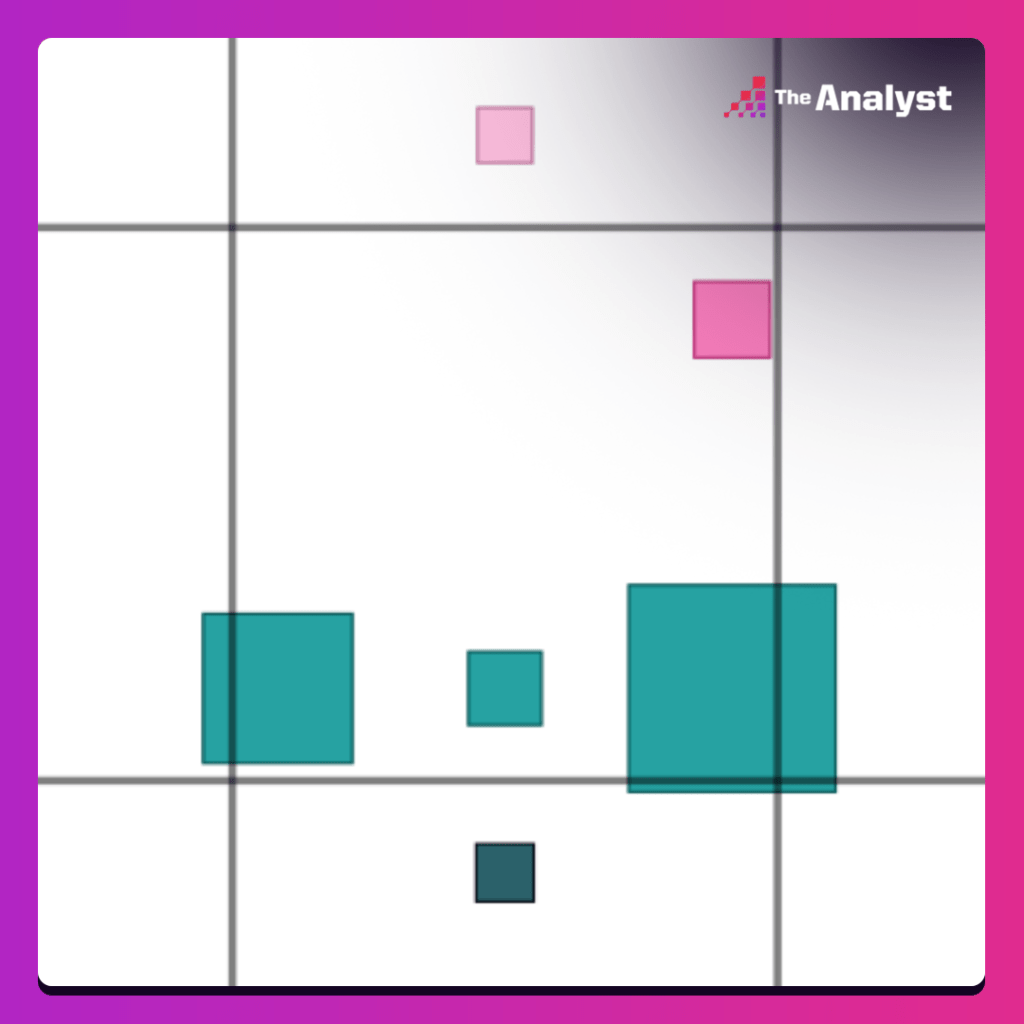
The two-seamer becomes sneaky fast at 91.8 mph after hitters have seen the 83.9-mph curveball and the 85.3-mph changeup a couple of times.
But Wood really gets tricky when he gets two strikes on a hitter. He throws offspeed pitches 80.5% of the time against lefties in those spots with an intent to get them to chase the pitch low, away and out of the zone. He’s fastball-curve 80.5% of the time against righties, either jamming the fastball inside or diving the curve low and in.
Alex Wood Pitch Intent with Two Strikes
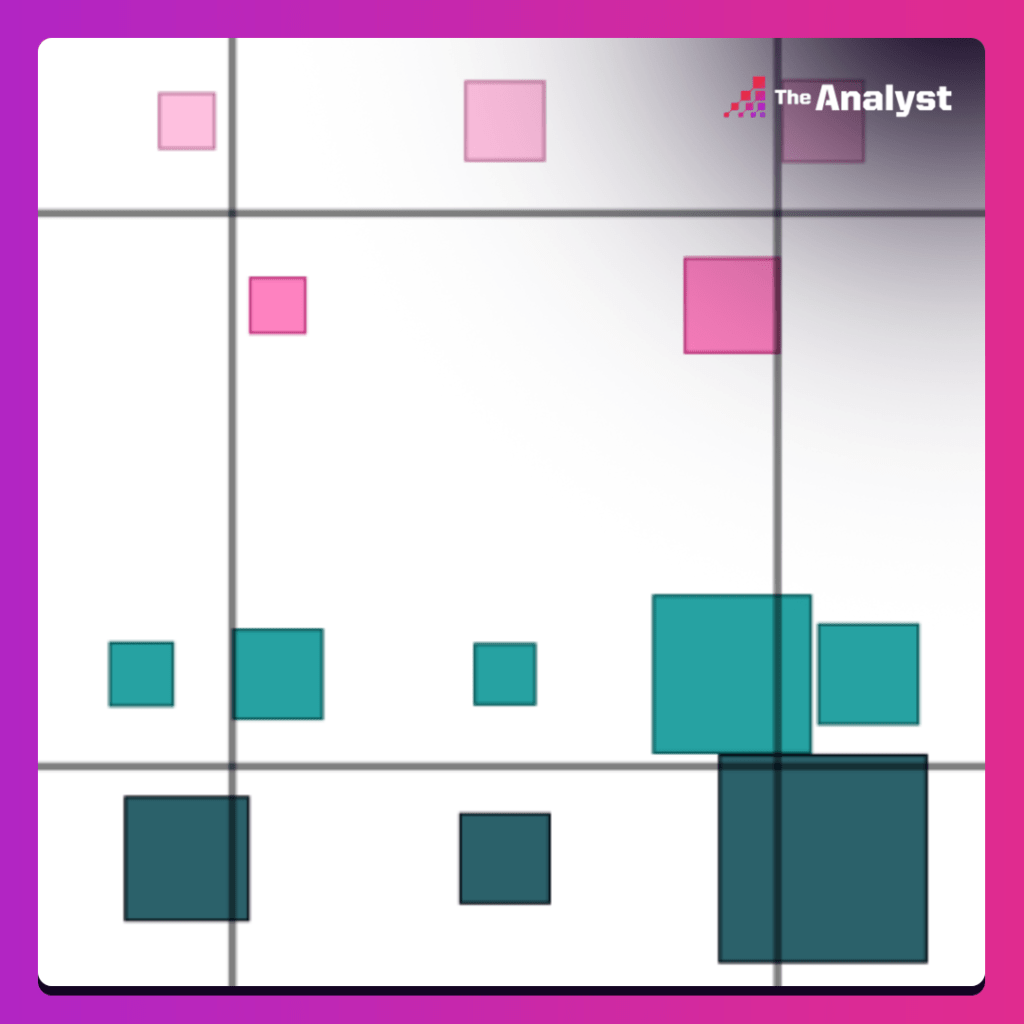
The Dodgers should have an idea of what to look for against their former teammate after facing him three times during the regular season. Wood went 0-2 with a 4.76 ERA while striking out 22 but allowing five home runs in three San Francisco defeats.
Chris Taylor is 3 for 6 with a home run and a double in these playoffs and he’s gone 3 for 9 with two homers and a double against Wood this season. Justin Turner also homered off Wood in 2021, while Mookie Betts went 3 for 4 in the matchup.
–TB
Rodriguez Needs Better Command to Close Out Rays
In his second start already in this series, Eduardo Rodriguez will try to take the mound with the hopes of pitching the Boston Red Sox past the top-seeded Tampa Bay Rays and into the American League Championship Series.
The left-hander will certainly hope to do better in his second chance after he lasted just 1.2 innings in a 5-0 loss in Game 1 at Tropicana Field. He allowed two hits and walked two before being charged with two earned runs.
So after giving up just four hits and striking out six over six innings in a 4-0 victory at Tampa Bay on Sept. 2, Rodriguez has given up eight runs and 10 hits over just 5.1 innings in his last two meetings.
We analyzed the difference in approach between the Sept. 2 road start and the Sept. 7 home start against the Rays in our rolling blog ahead of Game 1. To summarize, the left-hander relied more on his four-seam fastball (45.7-35.3%) and changeup (28.7-22.1%) and less on his two-seam fastball (4.3-8.8%), slider (7.4-10.3%) and cutter (13.8-23.5%).
It would make sense that Rodriguez would try to go fastball-change heavy in the series opener to recapture that success. And he did try. Of his 41 pitches, 21 were four-seam fastballs and 10 were changeups. That’s 75.6% between the two pitches, which was more in line with the 74.4% from the Sept. 2 start.
The problem seemed to be more with command and, at one point, the announcers even commented about Rodriguez catching too much of the plate. That’s pretty apparent when you compare his intent – where he intends to throw the ball – with his actual pitch location when he tried to go either arm-side (inside to a lefty) or up above the zone (see below).
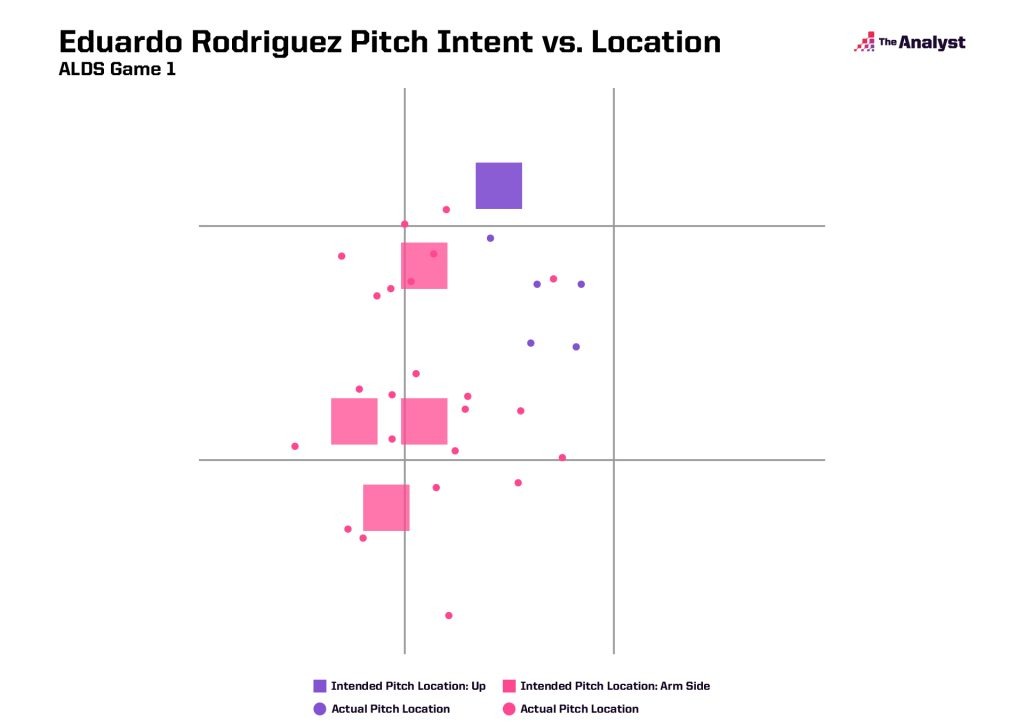
Bottom line: Rodriguez is going to have to be much better at hitting his spots in Game 4 if he’s going to have the results he had on Sept. 2.
Wander Franco doubled off Rodriguez in the opener, and he’s 6 for 15 (.400) with a homer and two doubles in this series. Yandy Diaz will likely be in the lineup for the Rays given that he’s 8 for 18 lifetime versus the lefty after his single in Game 1.
Tampa Bay has opted to fill its TBD starter listing with an opener. Collin McHugh will be that guy in Game 4 after he made seven starts in the regular season with none of them lasting more than 2.1 innings. It was a role he excelled in, allowing no runs and six hits while striking out 12 over 12 innings in those outings.
The right-hander, however, was knocked around in relief in Friday’s 14-6 loss in Game 2 in Tampa. He entered in the third inning with the Rays leading 5-3 and gave up three runs – two homers – in 1.2 innings to take the loss.
McHugh is primarily a slider-cutter pitcher (86.4%), meaning there isn’t much straight coming out of his hand. He will mix in the occasional four-seam fastball (10.5%), which he usually intends to throw low and away to right-handed batters and up and in or low and away to lefties.
With two strikes, his go-to pitch is down and in with the slider or cutter to lefties or the slider down and away to righties. The problem in Game 2? When he tried to go glove-side (away from righties), he was rarely able to put his slider or cutter where he wanted (see below).
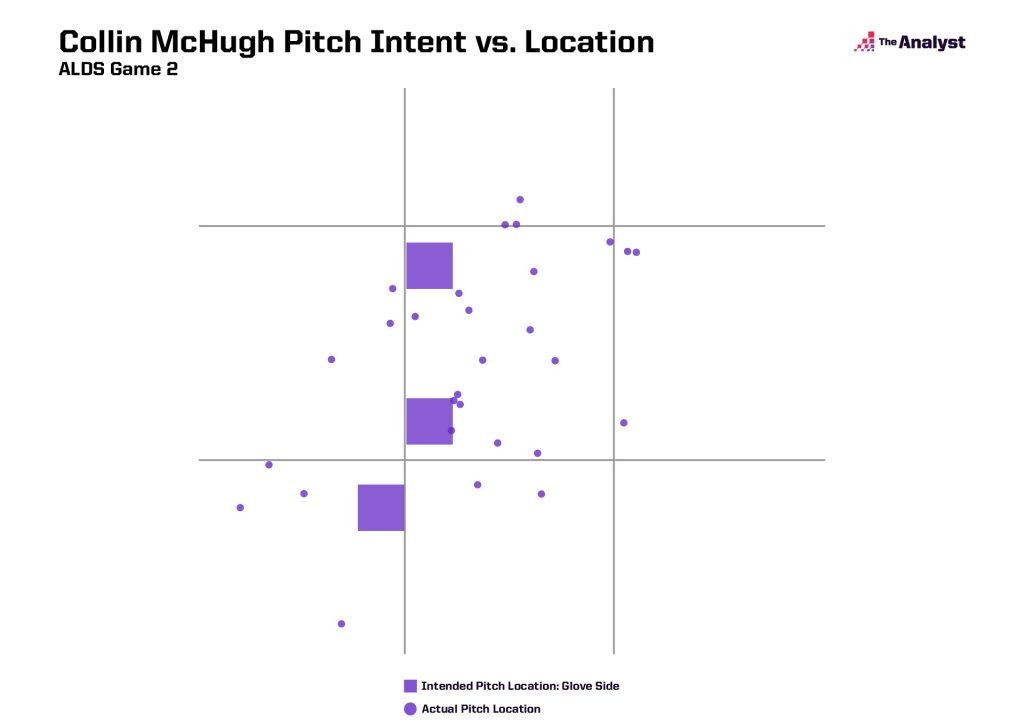
Kike Hernandez and Alex Verdugo both went deep off McHugh in Game 2. Xander Bogaerts didn’t face him in that contest, but he’s gone 9 for 19 with three doubles lifetime in this matchup.
–TB
Brewers vs. Braves Game 3: Series Lead on the Line for Peralta and Anderson
After they were able to get to Brandon Woodruff to even the National League Division Series in Game 2, the Atlanta Braves will take on the third of the Milwaukee Brewers’ three-headed rotation monster as the series shifts to Truist Park.
Freddy Peralta finished the 2021 regular season with a 10-5 record and a 2.81 ERA in 28 appearances, including 27 starts. He would have ranked tied for sixth in the majors in ERA if he had enough innings to qualify, giving the Brewers three pitchers in the top six with Corbin Burnes first (2.43) and Woodruff fourth (2.56).
What can we expect to see from Peralta in his first career playoff start? Well, the right-hander is primarily a two-pitch pitcher with his four-seam fastball (46.0%) and slider (43.5%) against right-handed batters. But he becomes a little bit more slider heavy with two strikes, throwing it 49.8% of the time compared to 44.1% for his four-seamer.
It’s rare that he’ll throw anything else to a righty with two strikes. In either case, he’ll be looking to get the batter to commit to a nearly unhittable pitch low and away off the plate.
Freddy Peralta Intent With Two Strikes vs. Righties
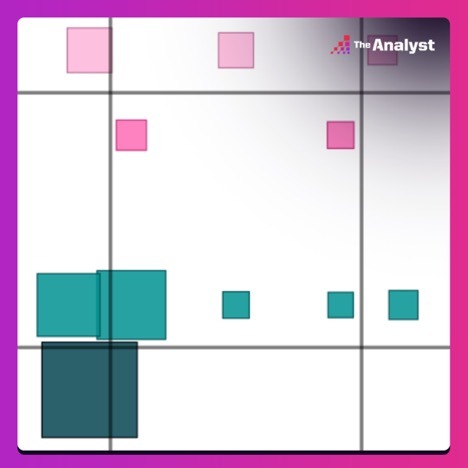
When facing left-handed batters like Freddie Freeman or Ozzie Albies in this series, Peralta relies on that four-seamer (53.7%) to get ahead in the count, but he’ll also mix it up a little bit more with his offspeed pitches. His curveball becomes more of a factor on the first pitch of at-bats versus lefties (21.3%), while he’ll also use the changeup (12.7%) and slider (11.7%) in those spots.
When Peralta looks to put left-handers away in Game 3, he’ll likely throw his four-seamer (60.5%) – which averages just 93.1 mph – in an attempt to get a chase either up and out of the zone or down and away (see below). If he does go with the slider or curveball (30.5% of the time), he’ll try to bury it down and in.
Freddy Peralta Four-Seam Fastball Intent With Two Strikes vs. Lefties
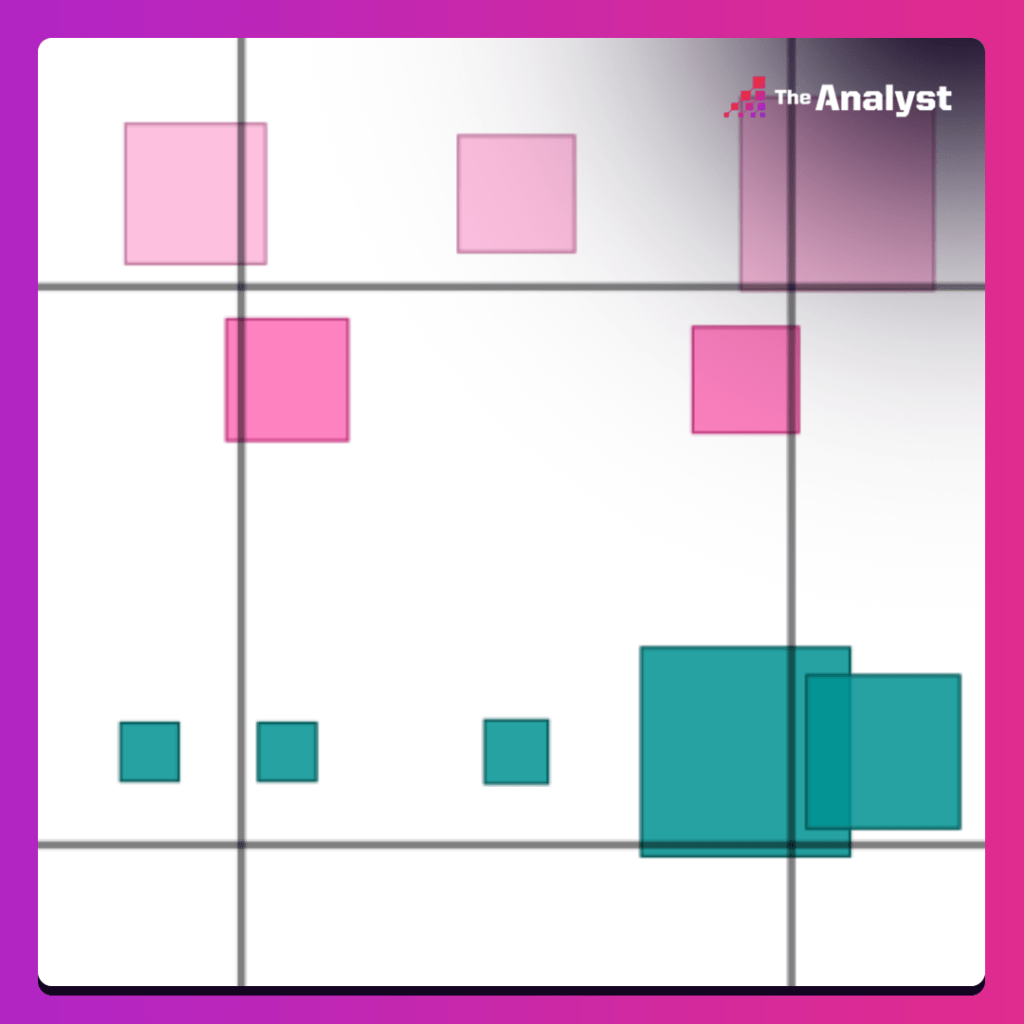
Peralta pitched well in his only start against the Braves this season, allowing two hits while striking out eight over six scoreless innings in a game that ended as a 10-9 win on May 16. He’s done a solid job against Atlanta’s big hitters. Freeman is just 2 for 11 in the matchup, while Joc Pederson is 1 for 6 and Albies has gone 1 for 7.
Atlanta hopes to take advantage of its home setting and put some runs on the board for unflappable rookie Ian Anderson (9-5, 3.58 ERA), who shined in his first postseason experience a year ago. After working just 32.1 innings in his first MLB regular season in 2020, he went 2-0 with an 0.96 ERA while striking out 24 over 18.2 innings in four playoff starts.
Anderson has three pitches in his arsenal: a four-seam fastball (47.4%), a devastating changeup (31.4%) and a curveball (21.1%). But how he uses them depends on whether he’s facing a right- or left-handed batter. Against righties, Anderson will try to get the first strike with either his four-seamer or his curve 88.1% of the time.
However, with two strikes, things get a whole lot tougher for a hitter who’s trying to figure out what’s coming because Anderson uses all three between 21.0-49.0% of the time. He’s either looking to climb the latter with a fastball (49.0%) that averages 94.6 mph, dive the curveball (21.0%) down and away or drop the changeup down and in.
It’s an impossible guessing game because of the various velocities and locations he has to work with and a release point that’s just about the same with every pitch.
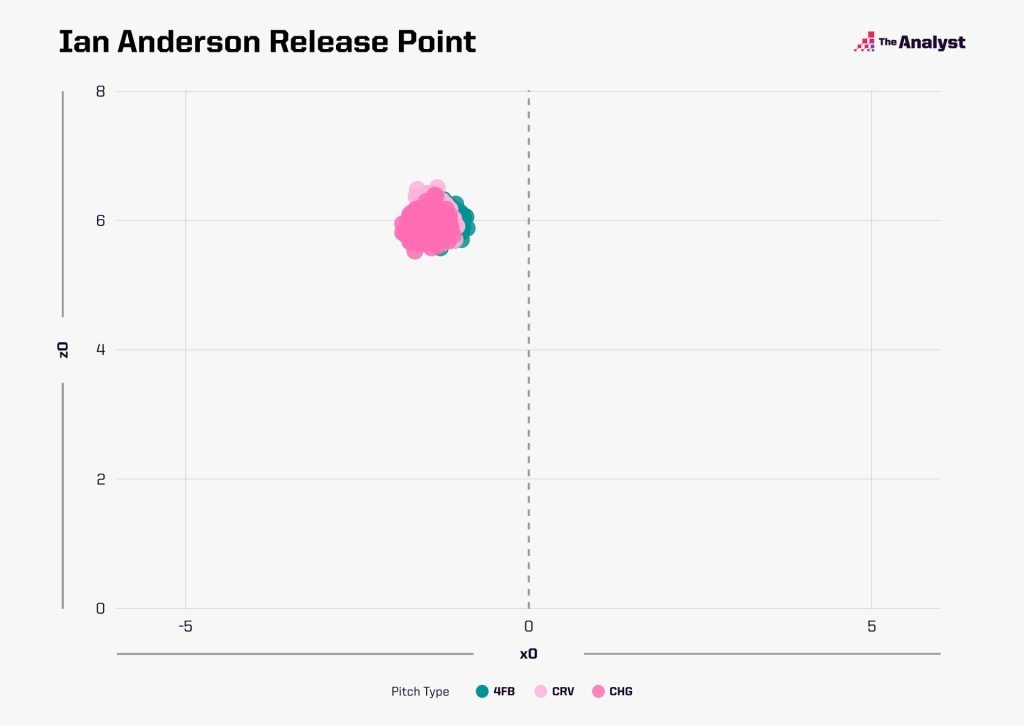
The right-hander is still reliant on the four-seamer against lefties, though he’ll use the curveball a little more early in the count (31.4%). The early-count fastballs are usually intended for the upper corners of the zone or down and away, while the curves are aimed for the bottom of the zone with the hope the lefty will roll over on it.
With two strikes, the changeup is Anderson’s go-to pitch against left-handed batters. He throws it 44.4% of the time in those situations and looks to dive it down and away. It’s effective: Lefties have a discipline+ (86), contact+ (93) and BIP+ (89) all below the MLB average of 100 against Anderson’s change.
Anderson gave up just one run and two hits over six innings in a 5-1 win at Milwaukee on May 15 in his only career meeting with the Brewers.
